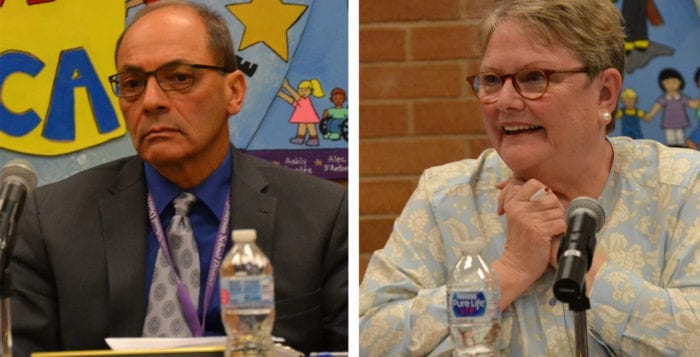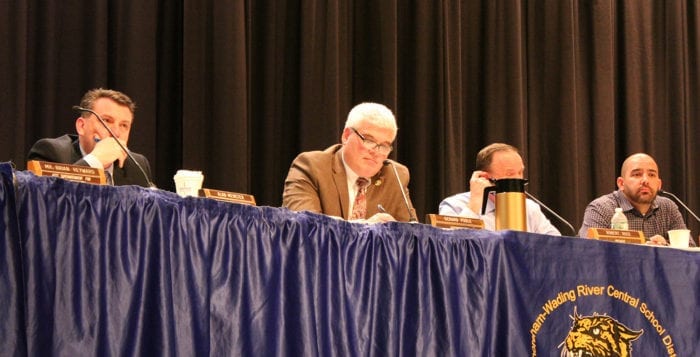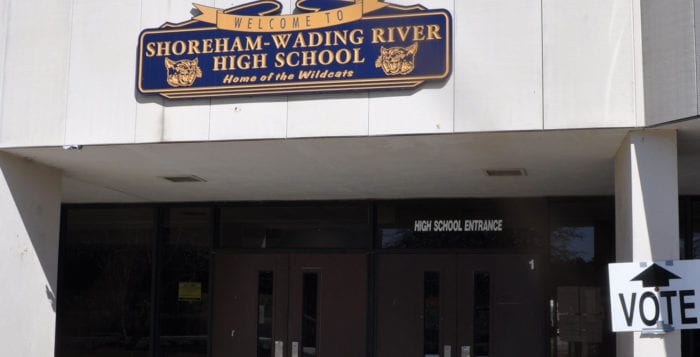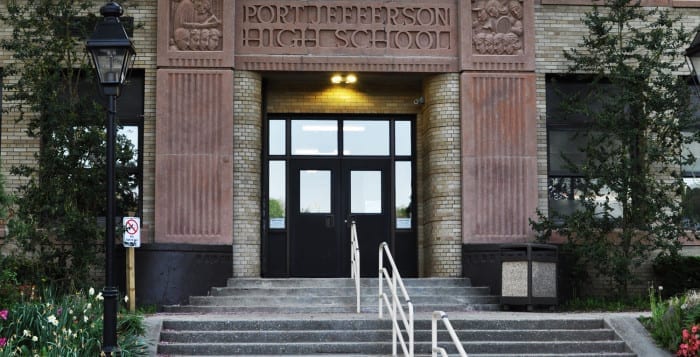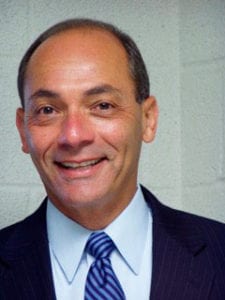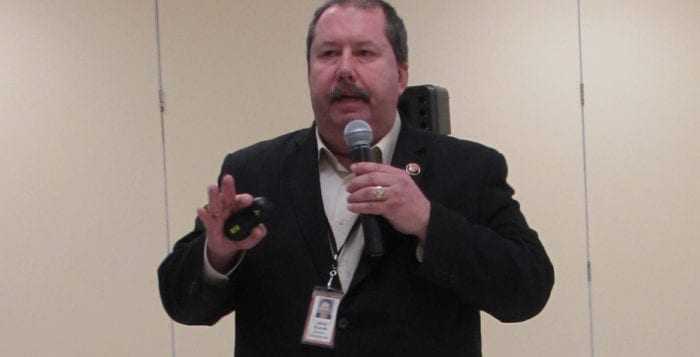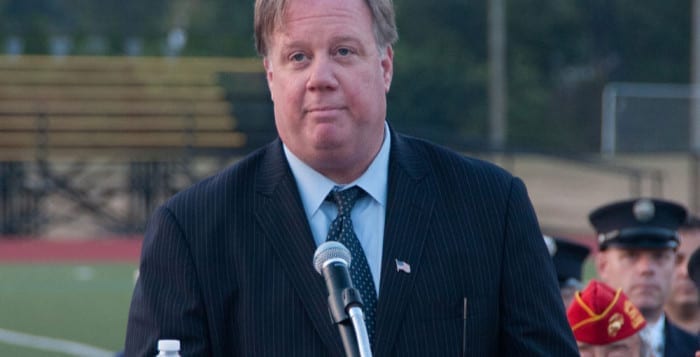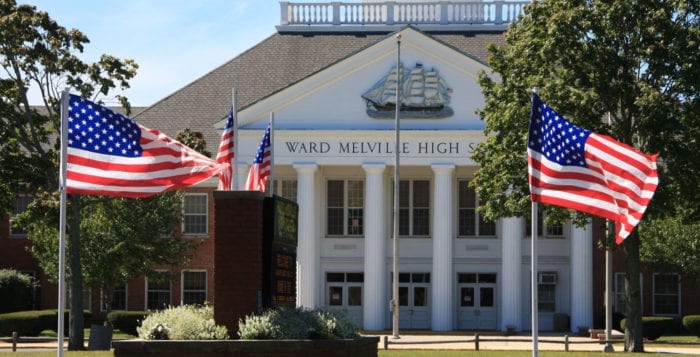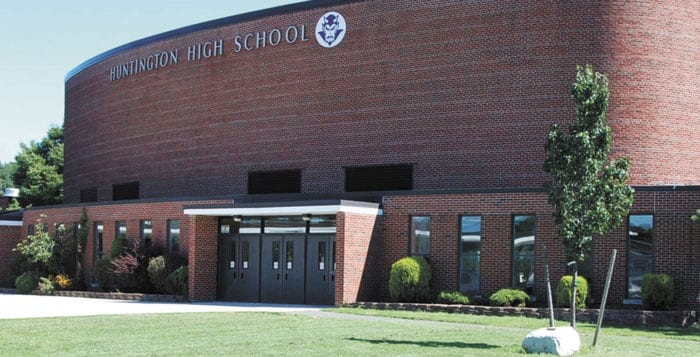An announcement by Brookhaven Town Supervisor Ed Romaine (R) April 3 was supposed to provide clarity, but it has done anything but.
Romaine announced during his State of the Town address Brookhaven had reached a settlement with the Long Island Power Authority, which would end the legal battle being waged since 2010 regarding the assessed valuation and property tax bill the public utility has been paying on its Port Jefferson power plant. While in the midst of preparing its 2018-19 budget, Port Jefferson School District officials said in a statement they were caught off guard by the announcement and, as a result, the board of education moved to delay
adopting its proposed budget during a meeting April 10. The board will hold a special meeting April 18, when the budget will be presented before a vote to adopt. School budgets must be submitted to New York State no later than April 20.
“We don’t know what the terms of that agreement are — as a matter of fact, there is no agreement.”
— Paul Casciano
“When you plan to make reductions, you need to know how much to reduce,” Superintendent Paul Casciano said during the meeting. “That is the problem with what the town announced, because essentially what the town announced was that they reached a tentative deal. We don’t know what the terms of that agreement are — as a matter of fact, there is no agreement. That’s what we have learned. There are a lot of things that have been talked about at the town level. We have been spending a lot of time trying to find out what the details are.”
Town spokesman Kevin Molloy refuted Casciano’s claim that a deal is not in place.
“We have an agreement in principle, it has not been finalized or signed,” he said in a phone interview. “The town has sought state aid as part of this agreement. This state aid was not included in the recently adopted budget. We are continuing to work with LIPA for a settlement to this case that is fair for our residents and uses any funds from this settlement to reduce electrical charges to ratepayers.”
The town has not shared details about the agreement in principle publicly.
Casciano was asked by resident Rene Tidwell during the April 10 meeting if the district had long-range plans to address the likelihood it will be losing a chunk of the annual revenue the district receives as a result of the power plant’s presence within the district.
“I’m deeply concerned that this potentially devastating issue has not been more proactively addressed in the years since it was first initiated,” Tidwell said during the public comment period of the meeting.
Casciano strongly pushed back against the idea the issue hasn’t been a top priority for the board and administration.
“We have an agreement in principle, it has not been finalized or signed.”
— Kevin Molloy
“The plan is very simple — you cut staff, which results in cutting programs,” he said, though he also put the onus on residents to prepare for possible future tax increases. “There comes a time where it’s not all going to be the school district
cutting programs and cutting staff. At some point, taxpayers — and it may be this year — are going to see an increase in their taxes. We don’t assess. The town assesses. The village assesses.”
Board president, Kathleen Brennan, also disagreed with the idea the board has not been prepared to deal with the LIPA situation.
“I’ve been a board member for eight years,” she said. “Going back those eight years on that board and every subsequent board, this board has addressed the issue head on and has done things that you haven’t read about on our website.”
Board member Vincent Ruggiero first motioned to remove budget adoption from the BOE agenda.
“Given the uncertainty and the fact we don’t have a clear answer from Brookhaven, we have a week that we can adopt this budget, I’m just proposing that we wait as long as we can for some type of response, although we probably won’t get one, and hold the vote next week,” he said.
The public portion of the special April 18 meeting of the BOE will begin at 6:30 p.m.

